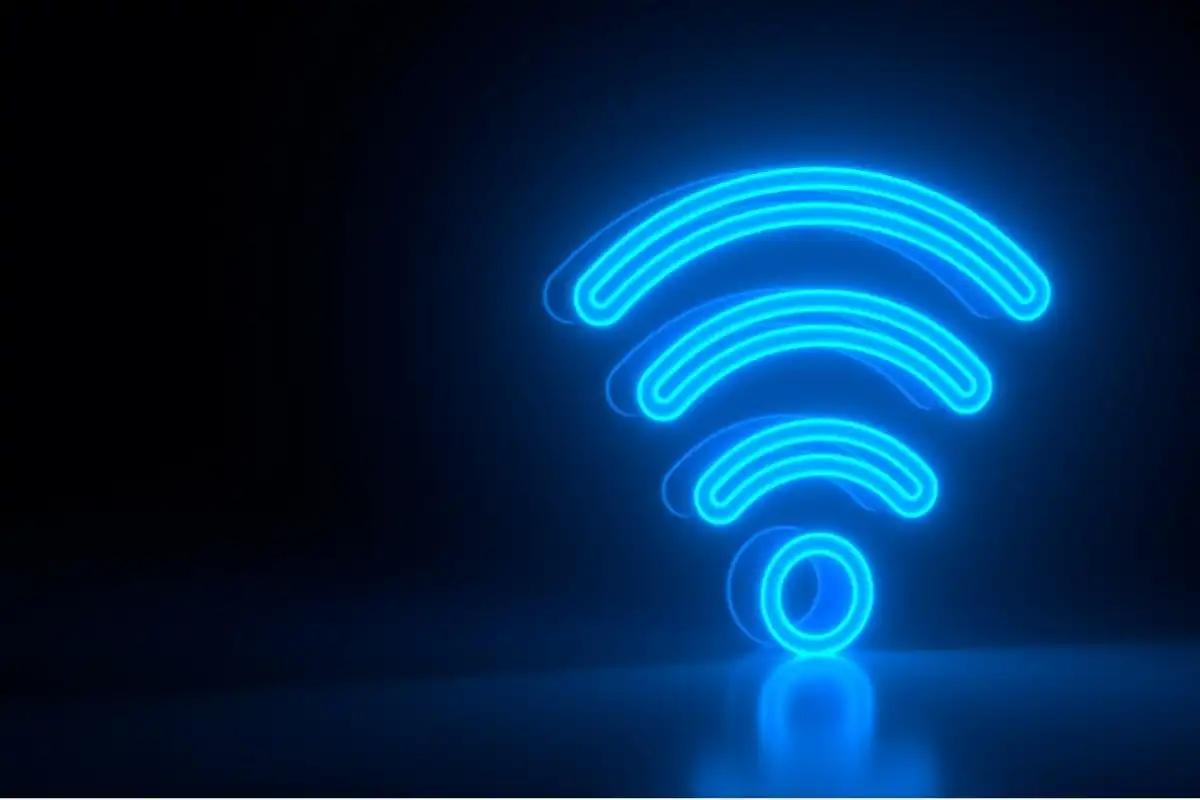The world of wireless connectivity is on the cusp of a significant transformation, thanks to the advent of 3D chips. Researchers and tech companies are harnessing the potential of three-dimensional integrated circuits (3D ICs) to enhance Wi-Fi technology, promising faster speeds, improved efficiency, and reduced power consumption. This advancement could herald a new era in the way we connect to the internet, stream content, and interact with smart devices.
Key Highlights:
- Innovative 3D IC Technology: Leveraging stacking techniques to layer chips vertically, enhancing connectivity speeds and efficiency.
- Benefits Over Traditional Chips: 3D chips offer advantages in footprint reduction, cost savings, heterogeneous integration, and power consumption.
- Challenges and Solutions: Despite potential challenges such as heat dissipation and design complexity, ongoing research aims to address these issues, ensuring the viability of 3D chips in consumer applications.
3D chips are crafted by stacking silicon wafers or dies and interconnecting them vertically using techniques like through-silicon vias (TSVs) and copper-to-copper connections. This method contrasts with traditional flat, or “planar,” ICs by adding a vertical dimension to chip design, which can significantly enhance performance and functionality.
Revolutionary Benefits for Wi-Fi Technology
The adoption of 3D ICs in Wi-Fi chipsets can revolutionize wireless connectivity by providing several key advantages:
- Compact Design: The vertical stacking allows for a denser integration of components, leading to smaller and more powerful devices.
- Enhanced Performance: Shorter interconnects between the layers in a 3D chip mean faster data transmission rates and lower latency, crucial for the next generation of Wi-Fi standards, including Wi-Fi 6 and beyond.
- Reduced Power Consumption: By minimizing the distance that signals need to travel between components, 3D chips use less power, which is beneficial for mobile devices and contributes to a greener technology ecosystem.
- Cost Efficiency: Partitioning a large chip into smaller dies for 3D stacking can improve yield and lower manufacturing costs, making advanced Wi-Fi technology more accessible.
Overcoming Challenges
While the potential of 3D chips is immense, there are hurdles to overcome, such as managing heat within the stacked layers and navigating the increased design complexity. However, researchers are developing innovative solutions to these challenges, including low-temperature bonding techniques and sophisticated cooling systems, to make 3D chips a practical option for next-generation Wi-Fi devices.
The Future of Wi-Fi
The integration of 3D chip technology into Wi-Fi chipsets represents a significant leap forward in wireless communication. Qualcomm, a leading developer of wireless technology, is at the forefront of this innovation, demonstrating the potential of 3D chips to enhance the performance and efficiency of Wi-Fi 6 technology. As this technology matures, we can expect to see a new generation of Wi-Fi-enabled devices that are faster, more efficient, and more capable than ever before.
The evolution of Wi-Fi technology through the adoption of 3D chips is a promising development that could redefine our digital lives. With benefits ranging from increased speed and efficiency to reduced power consumption and costs, this innovation has the potential to significantly enhance the way we connect and communicate. As the technology progresses, the challenges it faces will likely be overcome, paving the way for a new era of high-speed, reliable, and efficient wireless connectivity.



















